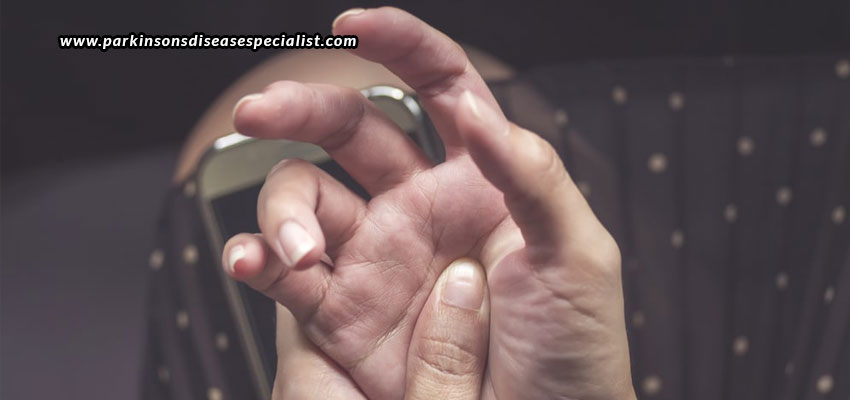
01 Dec What Are Movement Disorders?
Movement disorders, as the name itself suggests, are disorders that are associated with the movement of the body. These disorders affect the movement and mobility of the hands, legs, fingers, arms, neck, head, and other such joints in the body. However, not every movement disorder is the same. There are a variety of movement disorders, each different from the other in the way it affects the body, the parts of the body it affects, the symptoms it shows, and the speed at which it progresses. Basically, movement disorders are thus categorized as neurological issues that affect movement in some way or the other, whether by slowing down movement, causing involuntary spasms, or affecting the speed or fluidity of movement. And this is why when one is diagnosed with a movement disorder, they require a neurological specialist for treatment.
The most common types of movement disorders
Believe it or not, there are around 40 different kinds of movement disorders, each with a different characteristic! While we wont list out all of them, but some of the most common movement disorders seen across the globe include Parkinson’s disease, dystonia, essential tremor, ataxia, Huntington’s disease, Tourette’s syndrome, tardive dyskinesia, and Restless Legs Syndrome. While each one of these is different in its own way, the most common symptoms that they’ll show are tremors, walking difficulty, balancing issues, slow movement, rigidity, involuntary shaking, involuntary verbal sounds, changes in writing, and uncontrollable movements while asleep. All in all, they’ll result in a life that is difficult to live with. Even the simplest of tasks become difficult to execute. And this is why it is very important that such patients are always encouraged and motivated, surrounded by more of supporting positive people.
How are movement disorders treated?
Above mentioned are some most common symptoms associated with a movement disorder. Detailed symptoms differ depending upon the exact type of disorder one is suffering from. Thus, a specialist is required to observe the symptoms and identify the exact type of movement disorder the patient is suffering from. Based on that only can an appropriate treatment plan be designed. The treatment plan may include medications, injections, therapies, or surgeries, depending upon the type of disorder, and the stage at which it stands, or speed at which it is progressing. But remember, no treatment plan is a permanent cure! You’ll be kept away from tremors, tics, rigidity, slowness, and other symptoms only while you are taking your medications and injections, or only up till the effect of the surgery or therapy lasts. Each medication, injection, therapy, and surgery lasts for different number of days, weeks, months, or years; after which you will need a repetitive treatment.
Where to get your treatment?
We have already stated the importance of having your condition treated by a movement disorders specialist if you encounter the above symptoms. Along with that, we’ll also suggest you the one and only place where you can get the most successful movement disorders treatment in UAE. We’re speaking about Dr. Shivam Mittal’s Clinic, where you’ll get only the highest quality patient-centred care by the internationally recognized neurologist, Dr. Shivam Mittal.







